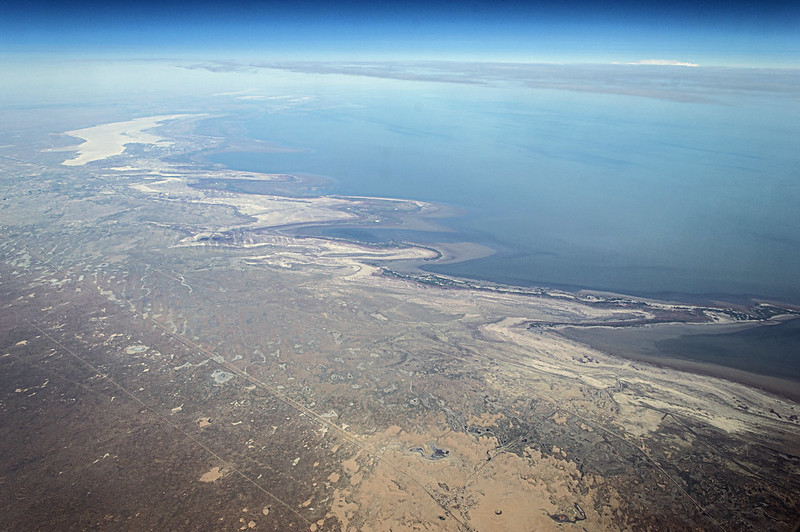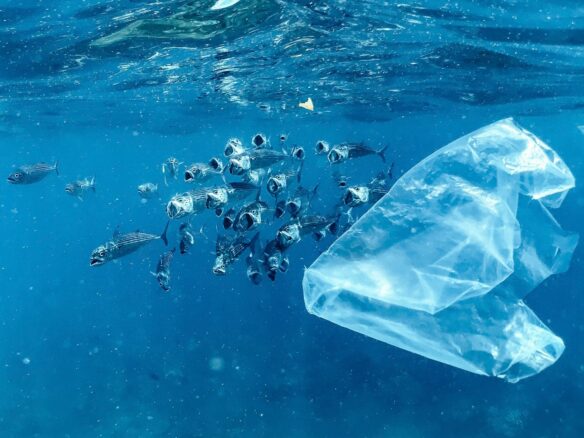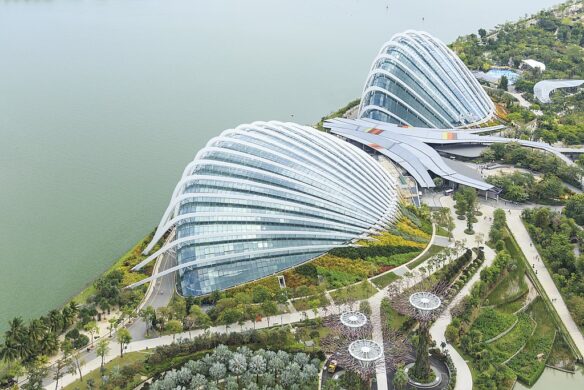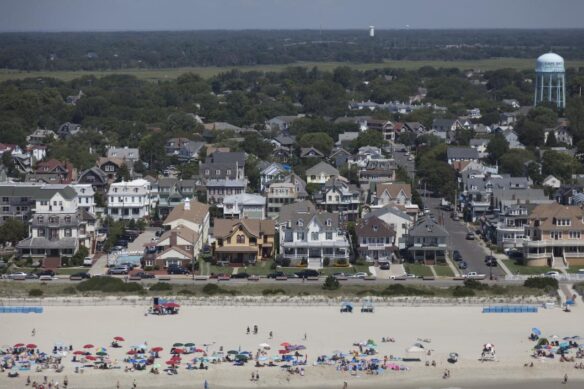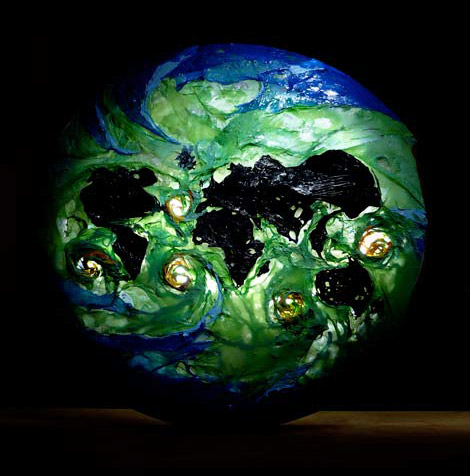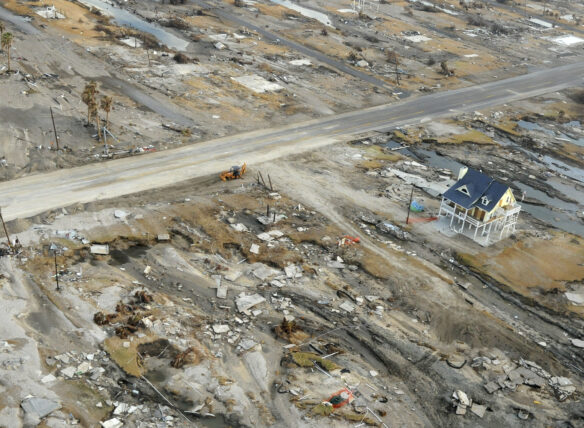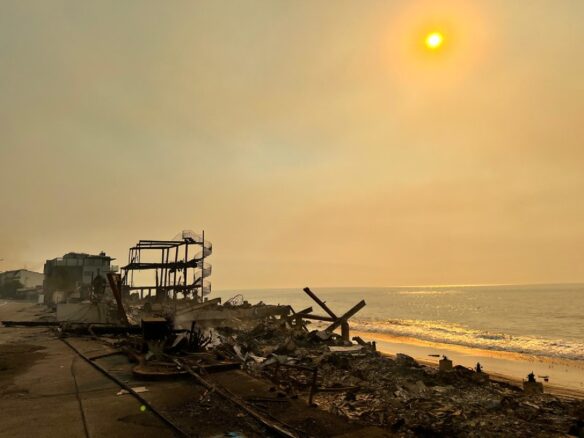Excerpt:
Water levels in the Caspian Sea—the world’s largest landlocked water body—are getting lower, as hotter temperatures cause more water to evaporate than is flowing in. Even if global warming is limited to below 2°C, it is likely that the level of the Caspian Sea will decline by 5 to 10 m, but if temperatures rise further, water levels could drop by as much as 21 m by 2100.
Imagine Earth about 2.8 billion years ago. Silent seas shimmer beneath a dark-peach sky and the air is thick with volcanic gases. Life as we know it has yet to be born. There are no trees to provide shade, no animals to stir the Earth or glide through the Ocean.
Researchers led by Leeds have mapped the potential risks this poses to the region’s biodiversity and human infrastructure, in a paper published in Communications Earth & Environment.
The findings show that an area of 112,000 km2—which is larger than the size of Iceland—is likely to dry up, even in an optimistic scenario for global warming with a 10 m decline. Since many of the most ecologically and economically important areas are located in shallow water, this could have significant consequences for biodiversity and the sustainability of the region’s human population.
The Caspian Sea is home to the endangered Caspian seal and six species of sturgeon, as well as hundreds of species of fish and invertebrates found nowhere else. According to the research, the declining water levels will leave Caspian seals with significantly reduced breeding habitat, restrict access to spawning rivers for sturgeons, and lead to the loss of coastal lagoons and reed beds important for the spawning of other fish species and migrating birds.
More than 15 million people live around the Caspian coast, in Azerbaijan, Iran, Kazakhstan, Russia and Turkmenistan. The bordering nations rely on the water body for fishing, shipping and trade, and the sea is important for regulating the climate in Central Asia.
In the northern Caspian, the findings show that some settlements, ports and industrial facilities could end up being stranded tens or even hundreds of kilometers from new shorelines. The exposed dry seabed is likely to release dust containing industrial contaminants and salt, posing serious threats to human health, as previously occurred with the drying of the Aral Sea.
The researchers say policymakers and conservationists need to take a dynamic approach to biodiversity protection, rather than relying on traditional protected areas with fixed boundaries, since these may quickly become obsolete due to the rapidly changing water levels.
Dr. Simon Goodman from the School of Biology at the University of Leeds, who supervised the research, said, “Some Caspian Sea level decline appears unavoidable, even with action to reduce global greenhouse gas emissions. However, with the anticipated effects unfolding over a few decades, it should be possible to find ways to protect biodiversity while safeguarding human interests and well-being.
“That might sound like a long timescale, but, given the immense political, legislative and logistical challenges involved, it is advisable to start action as soon as possible to give the best chance of success…”

